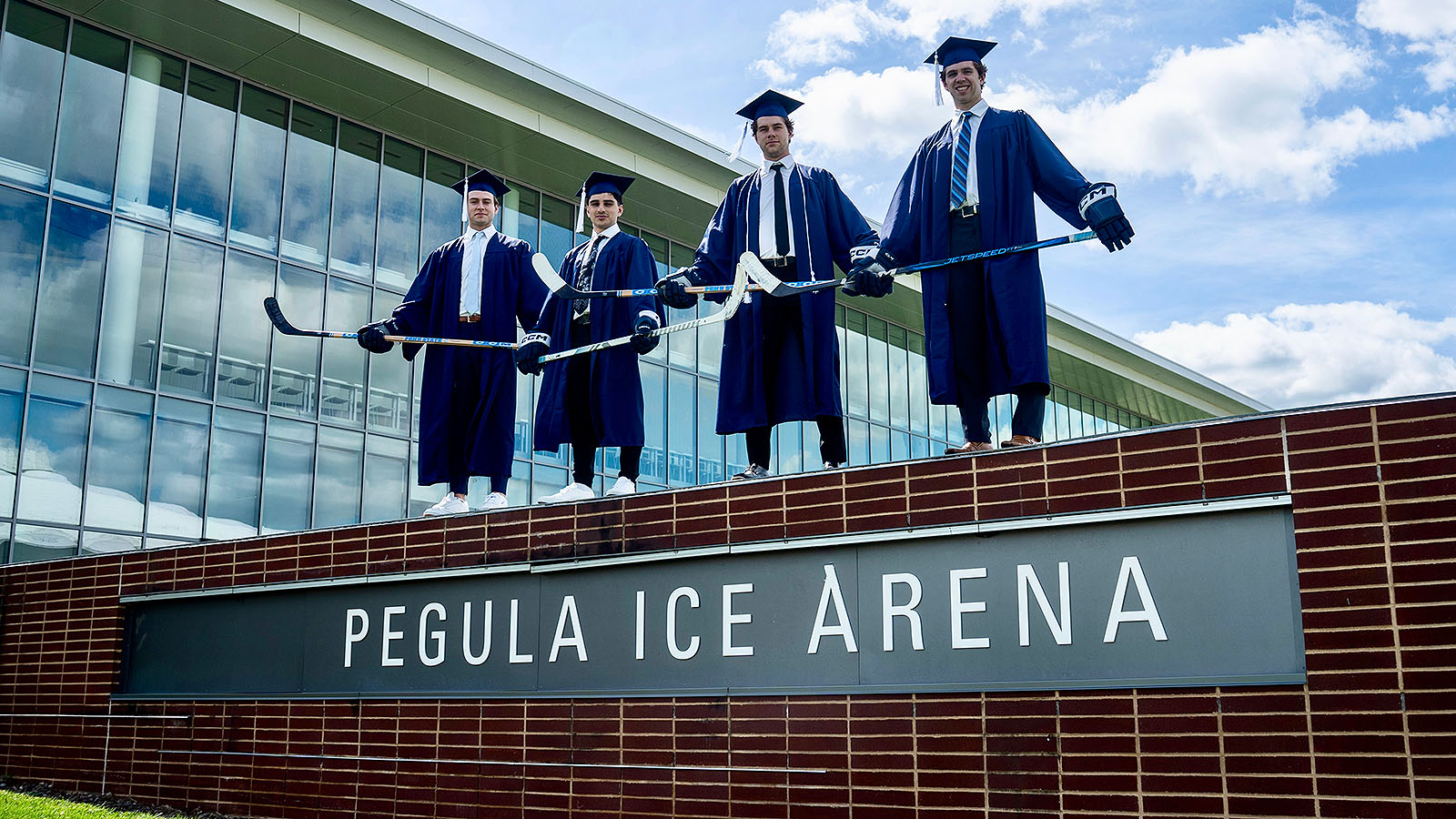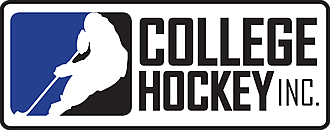Thursday, May 15, 2025
NCAA Division I Hockey Players Continue to Thrive in Classroom
Both Women and Men Top National Average in Academic Progress Rate

NCAA Division I hockey student-athletes once again performed above the national average academically, according to the annual Academic Progress Rate (APR) data released this month by the NCAA.
The women’s hockey four-year average score from 2020-21 through 2023-24 was 993, while men’s hockey scored 986, placing both among the top six among all women’s and men’s sports, respectively. Additionally, men’s hockey’s most recent single-year APR score of 985 for 2023-24 ranked sixth among men’s sports with 50 or more teams.
The APR, created in 2003 to measure Division I schools and teams on their student-athletes’ success in the classroom, awards points to teams based on students’ grades, their progress toward their degree and for staying in school.
One-quarter of the women’s hockey programs (10 of 39) included in the study – Boston College, Boston University, Brown, Colgate, Providence, Robert Morris, Sacred Heart, Minnesota, Minnesota Duluth and Vermont – logged perfect multi-year average APR scores of 1,000. A whopping 90 percent of all women’s hockey teams (35 of 39) included in the study had multi-year scores above the national Division I average of 984.
Ten men’s teams – Augustana, Bowling Green, Canisius, Penn State, Providence, Robert Morris, RIT, St. Lawrence, UMass-Lowell and New Hampshire – had perfect multi-year average APR scores of 1,000. Nearly 60 percent of all men’s programs (37 of 64) included in the study had multi-year APR scores above the national average.
The calculation of APR also rewards teams when former student-athletes return to school to complete their degree. In recent years, National Hockey League players like Nic Dowd (St. Cloud State), Jordan Harris (Northeastern), Jack Johnson (Michigan), Ryan McDonagh (Wisconsin) and Drew O’Connor (Dartmouth) have completed their undergraduate degrees after having left school early to play professionally.
The APR is related – but not identical – to the NCAA’s Graduation Success Rate (GSR), serving in a way as a predictor of GSR success. Women’s hockey had a 97-percent graduation rate in the most recent study, while men’s hockey’s boasted a 93-percent graduation rate, placing both among the top five of women’s and men’s sports, respectively.
For more information, visit NCAA.org.
